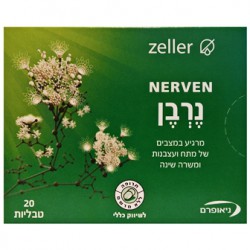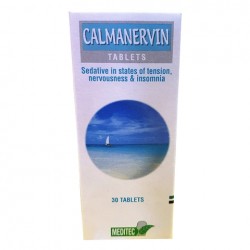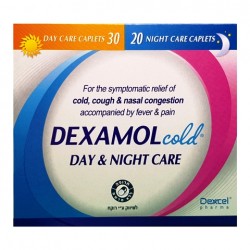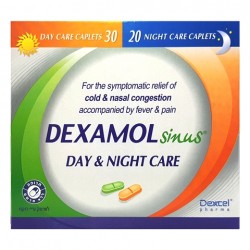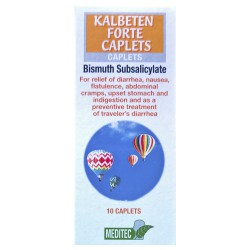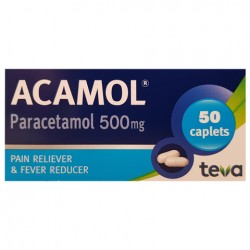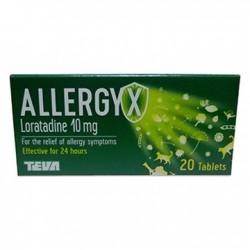Hydrocoll 10x10cm
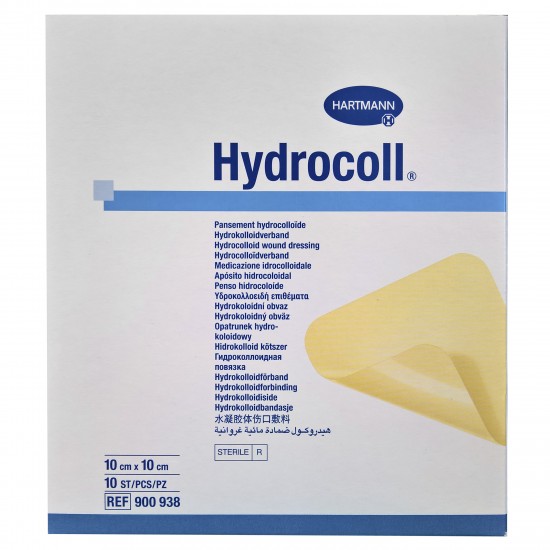
Sterile dressing for a treatment of wet wounds, especially for the treatment of chronic wounds at granulation phase. A dressing from the hydrocolloid family, consisting of hydrocolloid particles with a polyurethane layer. Suitable for acute and chronic granulation phase wounds with mild to moderate discharge, pressure sores and second degree burns with mild to moderate discharge. And also for skin abrasions and scars smoothing.
Product description
Hydrocoll is a self-adhesive absorbent hydrocolloid wound dressing consisting of sodium carboxymethylcellulose, polyisobutylene, styrole-isoprene-styrole block copolymer, styrole-isoprene block copolymer and of a gas permeable polyurethane cover which is impermeable to liquids and bacteria and which is coated with a medical acrylic adhesive.
Properties and mode of action
As the hydrocolloid takes up the wound exudate, a gel is formed, ensuring a moist wound environment. The gel layer prevents Hydrocoll from sticking to the wound. The dressing change does not irritate granulation tissue or epithelial tissue and causes minimal discomfort for the patient.
Hydracoll is self-adhesive. Due to the thin flexible material Hydrocoll moulds easily to body contours. The surface of Hydrocoll is dirt-repellent and water-repellent, facilitating daily personal hygiene.
Indications
Hydrocoll is suitable for the treatment of wounds with light to moderate exudate.
Information For Use
Select the correct size and shape of Hydrocoll. The dressing should extend at least a centimeter beyond the edge of the wound on all sides to ensure that it stays firmly in place.
Remove the protective paper backing, place Hydrocoll on the wound, adjust the edges to fit and press on.
Due to the absorption of exudate a whitish gel is formed that is visible on the top as discoloration and a blister. Hydrocoll should be changed if the blister has almost reached the edge of the dressing. Should exudate leak from the dressing, it must however be changed immediately. To change the dressing, lift Hydrocoll at the edges and remove the whole dressing carefully. A layer of hydrocolloid gel remains on the wound which should not be confused with pus. It will not impair the healing of the wound and can be rinsed off if necessary.
In uncomplicated wounds, Hydrcoll can be left in place for intervals of up to 7 days until the wound has completely healed.
Contraindications
Do not use Hydrocoll on any patients who may be allergic to any of its ingredients.
Do not use Hydrocoll on sores extending into muscle, tendon or bone, on clinically infected wounds or third-degree burns.
Special precautions
Hydrocoll can only be effective when a holistic assessment of the patient and the wound has taken place. Treatment with Hydrocoll cannot replace treatment of the cause of the impaired healing.
Please do not consider this information as an alternative to consulting your physician or nurse.
For further information on instructions for use, risks and side effects, please read the patient package insert and consult your doctor or nurse.
Read the patient package insert carefully before starting the treatment.







